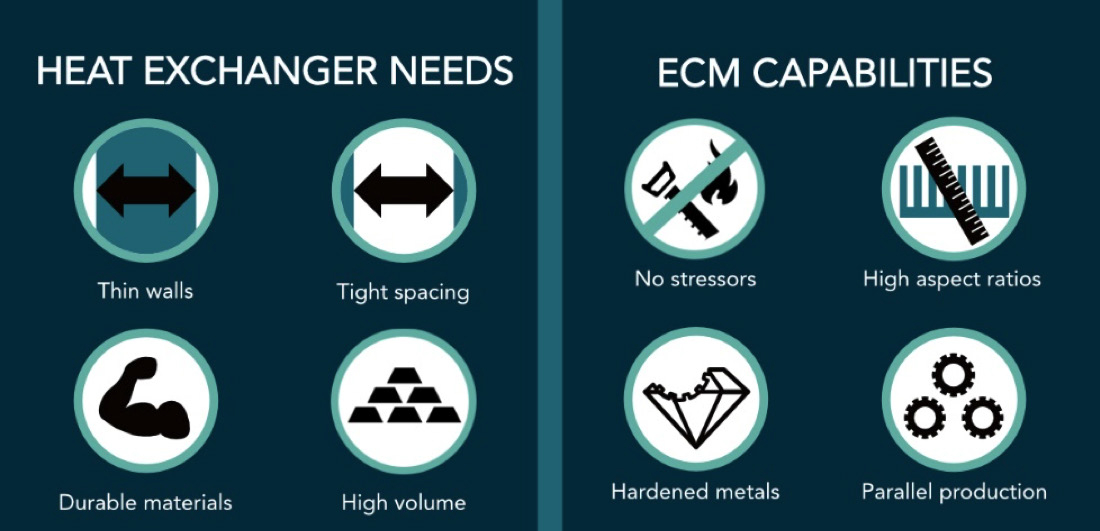As a variety of products seek to utilize high-performance stainless-steel grades with increased corrosion resistance, extreme temperature resistance, and durability in both critical and non-critical environments, it has become increasingly difficult for manufacturers to use conventional processes alone to efficiently produce unique stainless-steel parts in high volumes.
While tougher stainless steel grades containing exotic materials (such as nickel, chromium, or molybdenum) offer unique advantages compared to other grades, these properties simultaneously create difficulties for many conventional manufacturing processes, such as CNC machining or broaching. These machining difficulties exist across austenitic, martensitic, and duplex steels, and a wide range of stainless-steel grades, such as 316L.

